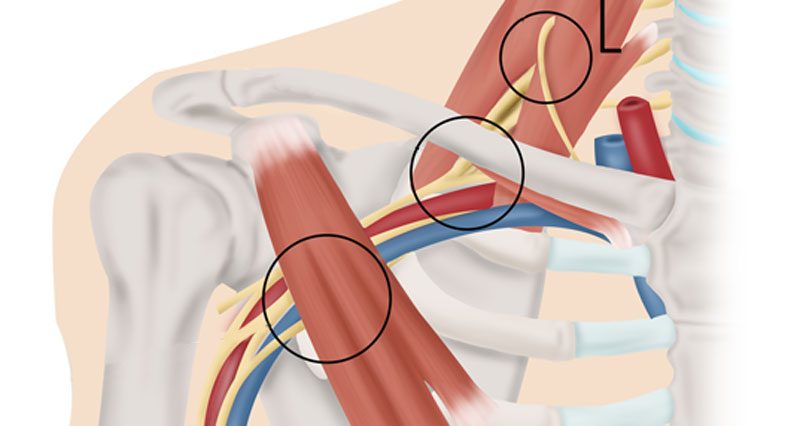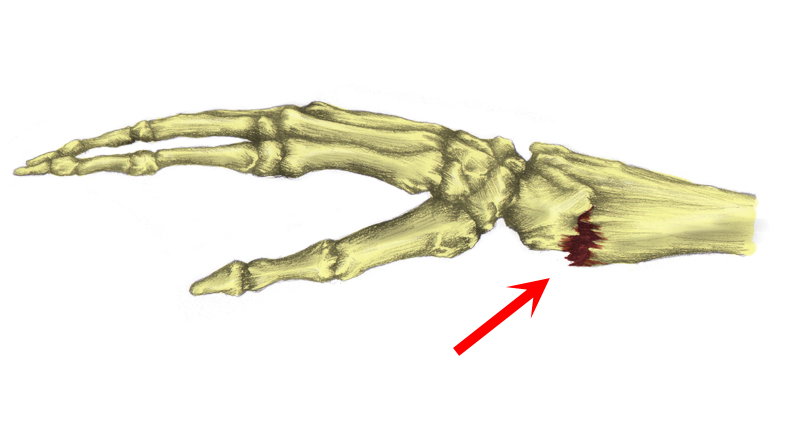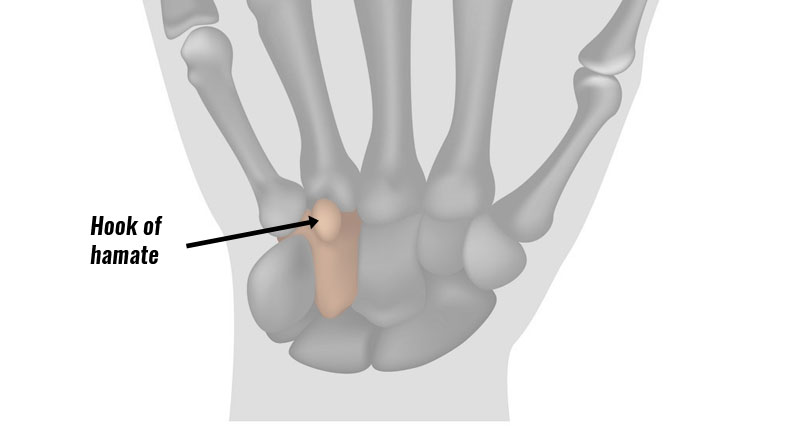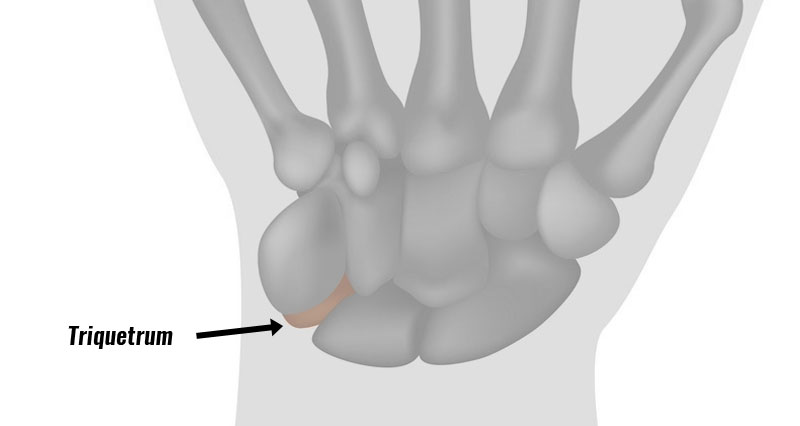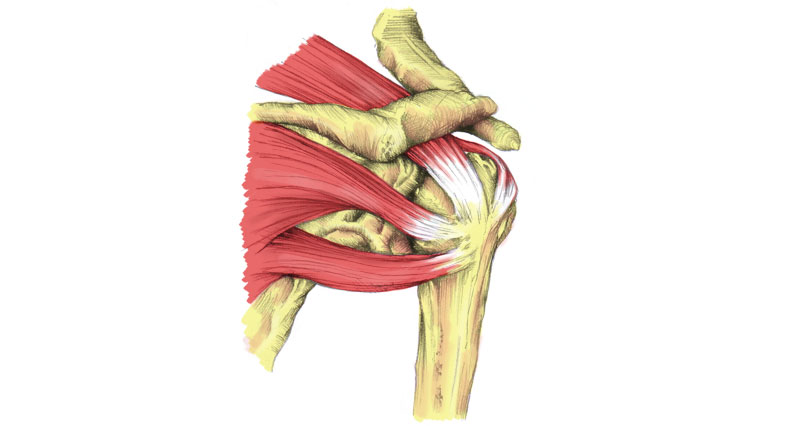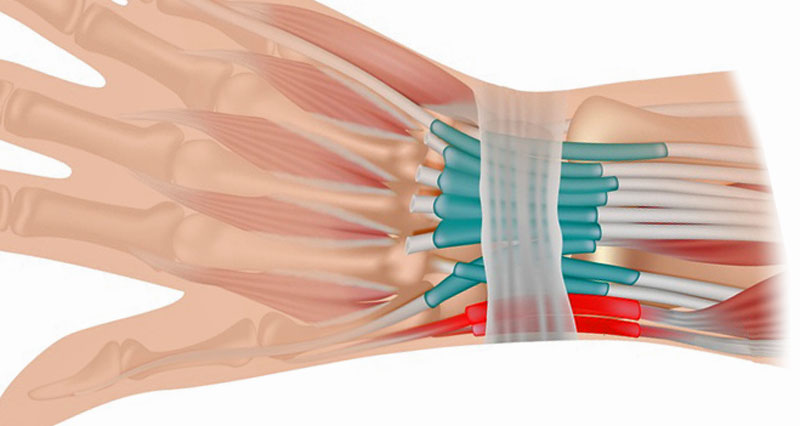Thoracic outlet syndrome is compression of nerves and/or blood vessels that travel from the neck to the armpit. It causes pain, tingling, numbness, and weakness from the neck and throughout the arm.
Symptoms
Symptoms vary depending on the exact location and structures compressed, as well as the extent of the compression, They include:
- Pain in the neck or shoulder
- Tingling or numbness in the arm
- The arm may feel weak or easily fatigued
- A cold hand
- Symptoms are worse with overhead movements
What is Thoracic outlet syndrome?
The thoracic outlet is the gap between the clavicle (collarbone) and the first rib. There are lots of nerves and blood vessels that run through this space, including the brachial plexus and subclavian artery, and vein.
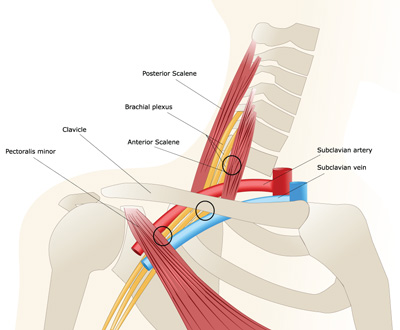
If the posture around the shoulder is not good, then the shoulder moves forwards, which lowers the collarbone. This can result in compression of the nerves and blood vessels underneath it. Similarly, the tension in the scalene muscles can cause compression.
Congenital anatomical variances (meaning genetic body types and traits inherited from parents) can also make it more likely an individual will develop thoracic outlet syndrome. For example, cervical ribs and collarbone abnormalities. Traumatic injuries to the clavicle such as fractured collarbone may also reduce the space, especially in cases of malunion.
Treatment
Treatment should aim to correct the cause of the compression and in most cases, this is poor posture, so the following will help:
Stretching
Stretching the chest muscles, especially pectoralis minor, and scalenes can be beneficial in improving the posture of the upper back and shoulder girdle.
Sports massage
Massage, particularly trigger point therapy targets tight localized knots or lumps in the muscles which cause back pain.
Treatment is often part of a deep tissue massage and involves applying sustained pressure to the trigger point in the muscle. As pain eases, increase pressure again without easing off. Repeated this two or three times as appropriate.
Strengthening exercises
Strengthening exercises for the Serratus anterior and lower trapezius muscle as well as scapula mobilisation. The serratus anterior is known as the punching muscle.
